News 5/4/12
Top News
The US Congress asks Accretive Health CEO Mary Tolan to provide the company’s hospital customer list, employee policies, and past complaints, citing its concerns about violations of HIPAA, EMTALA, and the Fair Debt Collection Practices Act. Above is a snip from the letter. AH shares dropped 3% Thursday and another 2% in extended trading, having given up 58% in the past four weeks.
Reader Comments
![]() From Calorie Counter: “Re: Cinnabon and nurses. Cinnabon is giving nurses free rolls (730 calories, 24 grams of fat) in honor National Nurses Week. Maybe hospitals should ban Cinnabon consumption.” Yeah, well, I wish hospitals good luck with enforcing that. Here’s another brilliant marketing idea: maybe CVS should consider honoring nurses by giving them a free pack of cigarettes.
From Calorie Counter: “Re: Cinnabon and nurses. Cinnabon is giving nurses free rolls (730 calories, 24 grams of fat) in honor National Nurses Week. Maybe hospitals should ban Cinnabon consumption.” Yeah, well, I wish hospitals good luck with enforcing that. Here’s another brilliant marketing idea: maybe CVS should consider honoring nurses by giving them a free pack of cigarettes.
![]() From HIPAA Police: “Re: passwords. A nurse in IMCU was complaining to me about having to remember too many passwords. She then showed me the back of the badge to illustrate just how bad it is and let me take this photo.” In case you can’t make it out, her badge notes the passwords for several different systems, including Pyxis, pharmacy, and e-mail. I am sure that HIPAA Police does not work at the only hospital that can’t afford an SSO solution, so how do others manage multiple passwords? Bigger badges?
From HIPAA Police: “Re: passwords. A nurse in IMCU was complaining to me about having to remember too many passwords. She then showed me the back of the badge to illustrate just how bad it is and let me take this photo.” In case you can’t make it out, her badge notes the passwords for several different systems, including Pyxis, pharmacy, and e-mail. I am sure that HIPAA Police does not work at the only hospital that can’t afford an SSO solution, so how do others manage multiple passwords? Bigger badges?
From Sweet Tea: “Re: size of the healthcare IT market. One commercial company’s estimate is $40 billion per year, close to your estimate of three times Vince’s $12 billion revenue number for the largest companies.”
From Stock Analyst: “Re: size of the healthcare IT market. Our company thinks it’s around $32 billion in size, of which $9 billion is hospitals.” Thanks for that information.
From J-Lo: “Re: Stage 2 comments. I seem to recall that with the Stage 1 NPRM, you could see the comments everybody else submitted. Is that not the case with Stage 2?”
From Nasty Parts: “Re: Allscripts. If things to continue to go bad for Glen Tullman, he can always focus on his other company. How many people know that Glenn is the CEO of another company?” At least 20,000+, assuming HIStalk’s readers paid attention when I mentioned it a couple of times in the past. People are always sending me stuff that I’ve already run, though, so maybe they’re trained by newspapers to assume that small stories aren’t important and are skimming HIStalk posts just a bit too fast. Here, I could describe World War III in one paragraph while using twice that space to rave about some weird band I like.
From Moe: “Re: Trinity Health. The group of hospitals in Columbus, OH (Mt. Carmel) brings 10,000 users live on Cerner big bang , including revenue cycle, clinicals, lab, and more.” Nice. If you have any pictures, send them over. Who doesn’t love command center pics?
HIStalk Announcements and Requests
![]() This week’s highlights from HIStalk Practice: electronic medication reminders may improve adherence in the short term, but long term effectiveness remains unclear. More than 40% of all primary care providers are enrolled in RECs, including 50,000 in practices with fewer than 10 physicians. CareCloud CEO Albert Santalo wins Miami’s Technology Entrepenueur of the Year award. Dr. Gregg muses on odds and ends, inluding a shift in HIT discussions beyond Meaningful Use and the end of service for a few clinical informatics professionals. If you’re not a regular HIStalk Practice reader, what are you waiting for? And if you are one of the thousands of readers stopping by each month, many thanks!
This week’s highlights from HIStalk Practice: electronic medication reminders may improve adherence in the short term, but long term effectiveness remains unclear. More than 40% of all primary care providers are enrolled in RECs, including 50,000 in practices with fewer than 10 physicians. CareCloud CEO Albert Santalo wins Miami’s Technology Entrepenueur of the Year award. Dr. Gregg muses on odds and ends, inluding a shift in HIT discussions beyond Meaningful Use and the end of service for a few clinical informatics professionals. If you’re not a regular HIStalk Practice reader, what are you waiting for? And if you are one of the thousands of readers stopping by each month, many thanks!
A few folks always seem to be getting Inga and me confused, sending her information intended for me. Just to clarify: we don’t tag straight news items with who wrote them – we both do. If Inga adds her opinion, answers a question directly, or otherwise writes something in a way that might not be clear who’s talking, I put the little red icon in front of that item (as above). Otherwise, it’s me (Mr. H) you’re reading. I was tagging my items with a blue icon, but that was a bunch of unnecessary blue icons given that it’s just the two of us (other than Dr. Jayne, who has her own clearly marked section).
A pet peeve: confusing one-word adjectives with two-word nouns and adverbs. Example: Walmart may have everyday low prices, but you will see them in the story every day (not everyday.) You may have a backyard swimming pool, but it’s not in your backyard.
Acquisitions, Funding, Business, and Stock
MedAssets reports Q1 numbers: revenue up 15%, EPS $0.00 vs. -$0.28, with the company pointing to costs involved in its Broadlane acquisition in November 2010, but still beating estimates on both revenue and earnings. Non-GAAP earnings were $0.24 vs. $0.17.
The Advisory Board Company announces a 2-for-1 stock split following the release of its Q4 numbers: revenue up 33%, EPS $0.46 vs. $0.30.
Amcom Software acquires the IMCO-STAT CTRM product from IMCO Technologies that will allow traceable delivery of critical lab test results to the ordering physician by paging, PCs, tablets, and smart phones.
Facebook’s upcoming IPO will raise about $11 billion based on Thursday’s announced price range, valuing the former dorm room project at up to $100 billion.
Two law firms file class action lawsuits against Allscripts, charging the company and its officers with intentionally hiding failed integration efforts, missing its revenue and earnings guidance, and misrepresenting its post-merger prospects after it acquired Eclipsys. All routine and rarely meaningful, of course, guaranteed to happen when any company’s stock drops unexpectedly.
Sales
HHS contracts with Archimedes, Inc. to develop a modeling and simulation software platform for clinical scenarios, health interventions, and disease conditions.
Samaritan Regional Health System (OH) enters into a multi-year contract with CareTech Solutions for comprehensive IT services.
Radiology Associates of Fox Valley (WI) selects McKesson Revenue Management Solutions for its 33-physician practice.
Shands HealthCare will use the Rothman Index to monitor patient status and to conduct research at its Gainesville and Jacksonville campuses. I interviewed co-founder Michael Rothman 18 months ago for insight into how the software works.
People
Medecision names Katherine Schneider MD (AtlantiCare) as chief medical officer.
Former Eclipsys CFO Bob Colletti joins academic credentials exchange vendor Parchment as CFO.
MIT Sloan CIO Symposium chooses four finalists for its CIO innovation award based on four criteria: trusted advisor, business leader, strong communicator, and proven manager. Among the finalists is Catherine Bruno, VP/CIO of Eastern Maine Healthcare. Healthcare CIOs on the speaker list for the May 22 event include James Noga (Partners HealthCare), Chuck Podesta (Fletcher Allen Health Care), and Sue Schade (Brigham and Women’s Hospital.)
DuPage Medical Group (IL) names Krishna Ramachandran as chief information and transformation officer, where he will lead the 330-physician group’s Value Driven Health Care initiative. I note that he’s a member of the HIStalk Fan Club on LinkedIn, so special congratulations to him (it’s fun to read down the list of 2,408 members – since most folks have photos, it’s like an HIT yearbook.)
Announcements and Implementations
Mercy Health System (PA) activates its Meditech EHR across its four hospitals and 44 physician offices.
Phoebe Putney Memorial Hospital (GA) goes live on McKesson CPOE on May 15.
Newark-Wayne Hospital (NY) goes live on Epic as part of Rochester General Health System’s $65 million EHR initiative.
JPS Healthcare (TX) will go live on its $110 million Epic system this Saturday, the seventh Metroplex-based health system to do so.
Practice Fusion launches an API that allows any laboratory to connect directly to its EMR and send lab results using standard HL7 data files.
Gartner names Kony Solutions a Visionary in its report on mobile application development platforms. The company also announces that it supports the BlackBerry 10 platform.
CE Broker announces the EverCheck paperless system for automatically verifying professional licenses for credentialing, including sending alerts about licensure status changes and maintaining an archive of all licensure changes for Joint Commission review. The price is $0.45 per employee per month.
Vassar Brothers Medical Center (NY) credits technology it had just installed with saving the life of a firefighter who had a heart attack during a fire. His EKG, taken immediately in the ambulance, was sent to cardiologists at the hospital, allowing them to hit a door-to-balloon time of 18 minutes, a third of the standard. The technology they use is AirStrip Cardiology (remote EKG viewing), GE Healthcare’s MUSE Cardiology (EKG storage), and Physio-Control’s LIFENET (EKG sharing between emergency medical services and hospitals).
The Johns Hopkins Hospital opens its new Sheikh Zayed Tower and The Charlotte R. Bloomberg Children’s Center using the Versus Advantages RTLS to support asset tracking, fleet management, nurse call automation, and food cart tracking. New York Mayor Mike Bloomberg donated $120 million of the $1.1 billion construction cost of the two towers.
MediServe announces a Web-based solution for private practice therapy providers. The Attigo system includes billing, documentation, scheduling, and practice management.
Government and Politics
During this week’s HIT Policy Committee meeting, members discussed whether licensed professionals and scribes should be allowed to enter data into EHRs on behalf of physicians under the Stage 2 MU program. The proposed rule would require physicians to use their own user IDs when accessing the system, also holding them responsible for approving information entered on their behalf by anyone else. Several committee members raised concerns that the doctor won’t benefit from clinical decision support otherwise since most systems provide their guidance during order entry.
Also from the HIT Policy Committee meeting: CMS reports that more than $5 billion in Medicare and Medicaid MU incentive payments have been made to 93,650 EPs and hospitals through the end of April.
Representative Renee Ellmers (R-NC), chair of a House subcommittee on health technology (also a nurse and the wife of a surgeon), asks CMS to exempt from MU requirements those physicians in small practices and those close to retirement.
Other
The US again outspends other industrialized countries on healthcare with mixed results. At $8,000 per person, well above the next-highest Norway and Switzerland at $5,000, survival rates for breast and colorectal cancer were the highest, but death rates for asthma and diabetes-related amputations were also the highest. The report blames US costs on expensive drugs, medical services, and technology such as MRIs and CT scans, with a high obesity rate also adding to the total.
In Canada, the Hospital Employees’ Union publicly criticizes the outsourcing of 130 hospital medical transcriptionist jobs, saying the result will be less secure, of lower quality, and increasingly expensive. The hospital executive in charge of HIM says they’re already outsourcing half their transcription to the same group without problems, no information is stored on transcriptionist PCs, and per-minute rates are the same as they were in 2006 and will save $3 million of the $14 million annual transcription budget. Part of the appeal was the chance to move to a system that has better speech recognition capabilities.
Also in Canada, Nova Scotia’s Department of Health and Wellness and Canada Health Infoway announce an expansion of their peer support program for users of the Nightingale ambulatory EMR.
McKesson Automation’s building in Cranberry Township, PA was evacuated Tuesday evening after a female employee reported hearing a bomb. Police gave the OK to return when they concluded that the woman was hallucinating after experiencing an adverse reaction to an unnamed medication.
Bloomberg BusinessWeek profiles eClinical Works CEO Girish Kumar Navani and the company’s involvement with health projects in New York City. The company’s annual revenue was reported as $250 million.
Sunday night’s finale of The Amazing Race pits Epic employee Rachel Brown and her husband, Major Dave Brown, against three other couples. The winners will get $1 million.
In Ireland, three NUI Maynooth students win the Irish finals of the Microsoft’s Imagine cup for developing docTek, which allows patients with chronic illnesses to record symptoms for online review by their doctors. They will compete in the global finals this July in Sydney, Australia.
A UK doctor is investigated after sending an 18-day-old baby home with what was later determined to be myocarditis, which killed the baby the next day. The parents say that during the examination, the doctor looked up the baby’s meds on the computer and suggested giving him Tylenol, but he never left his chair to actually look at his patient.
Sponsor Updates
- Benefis Health System (MT) signs an agreement with MedAssets to use its Spend and Clinical Resource Management Solutions and initiate use of MedAssets GPO and other cost containment services.
- Angleton Danbury Medical Center (TX) creates a paperless registration system for its Meditech system using forms software from Access.
- DrFirst announces that 6,000 pharmacies can now accept electronically transmitted prescriptions for controlled substances using EPCS Gold.
- GetWellNetwork recognizes ten hospitals for Excellence in Interactive Patient Care during its GetConnected 2012 conference.
- The Advisory Board honors Virginia Hospital Center (VA), Alegent Health (NE), and Monmouth Medical Center (NJ) with 2012 Crimson Physician Partnership Awards for improving the quality of care they provide while documenting more than $13.2 million in aggregate savings.
- MEDecision introduces its new brand and highlights the evolving healthcare market during this week’s 2012 Client Forum.
- A Detroit business publication profiles the growth and focus of JEMS Technology, which has seen one-year growth of 100% for its encrypted remote video solutions for healthcare.
- Culbert Healthcare Solutions promotes Tina Sarantos to manager of consulting services for the company’s GE and Allscripts practices.
EPtalk by Dr. Jayne
CMS keeps sending me e-mails about ICD-10. For whatever reason, I thought this header was really funny given the recent delay. I’m personally worried that the 60-day comment period for the Stage 2 Meaningful Use NPRM is almost over and I haven’t gotten my personal comments finished yet. You can submit yours via the MU specific comments page. Although my organization has submitted its own official comments, I’m encouraging every physician, provider, and patient I know to comment as well.
CMS also issues a final rule on the use of the National Provider Identifier (NPI) on Medicaid and Medicare enrollment and claims documents. I can’t imagine that anyone out there practicing doesn’t have an NPI after all this time, but if you don’t, you have 60 days until the rule takes effect.
A Circulation article documents improvements in blood pressure control among US veterans. Over 10 years of data from the VA Health Data Repository was analyzed. Authors credit performance measurements in the EHR as contributing to the improvements.
Medical Economics advises providers how to respond to negative reviews on physician rating sites. Common complaints from a patient group profiled in the article include long wait times, lack of communication about delays, not being informed about test results, and failure to return phone calls promptly. Among the tips:
- Don’t respond to negative reviews. Ask the site to remove unfair information.
- As your patients to review you since most give positive reviews.
- Conduct your own surveys to let patients feel heard.
- Start a blog or practice website to help control your online presence
For women physicians tethered to their practices via smart phone, JoeyBra provides a solution that lets you avoid those pesky purses, totes, and satchels. Right now, it’s only available in leopard print. Personally I think an iPhone is a little bulky to be storing in my bra, but to each his (or her) own. Even with the leopard print, I don’t see Inga lining up to purchase one either.
Remembering an Industry Leader and Friend
By Daniel S. Herman
John Cornelius Wade, former CIO at Saint Luke’s in Kansas City, former chair of the HIMSS Board of Directors, colleague, and a close friend of mine, passed away on Saturday.
He was ill for the past several months. I spoke with his wife Cheri Thursday evening, and to John on his birthday a couple of weeks ago. He was in great spirits and was talking shop.
I first met John in Chicago in 1987 when we served on the First Illinois HFMA chapter IS Committee when I was with KPMG/Peat Marwick and he was CIO at Northwestern Memorial. We were reacquainted by a colleague at FCG in the spring of 1993 shortly after he took the CIO position at Saint Luke’s.
John was a loyal person who was tenacious in everything he pursued. He would drive from Kansas City to Boston all night to see family. He did home repair himself, refusing to call a handyman despite his wife’s objections (until he fell off a ladder and dislocated his shoulder).
His loyalty was expressed in many ways across business and personal situations. He was an authoritarian leader when it came to running the IS shop, and was often opinionated when interacting with his customers throughout the health system.
In 1993, John took over a data processing (DP) shop from an interim management team from Andersen Consulting. He was swift to make leadership changes inside the IS organization, also changing how the department served its customers. He redefined the IT strategy; enhanced governance, project prioritization and executive ownership of technology-enabled IT initiatives; and established service level metrics by which he measured and demonstrated accountability. Saint Luke’s went on to become one of the first healthcare organizations to win the coveted Malcolm Baldrige Quality Award and the Missouri Quality Award almost 10 years ago.
When John retired from Saint Luke’s in 2008, the health system’s IT group was (and still is) considered one of the most effective and well-run healthcare provider IT functions in the country. It has been recognized for its outstanding IT governance structure.
John accomplished much in his 71 years and touched many people. I’ve learned a lot from him personally and professionally during our 25-year friendship. His memory will be in my heart for eternity.
Information about John, including photos and information about funeral and memorial services, is available here. Please take a moment to read the many memories and tributes from his friends and industry colleagues and add your own.
Daniel S. Herman is founder and managing principal of Aspen Advisors.
Contacts
Mr. H, Inga, Dr. Jayne, Dr. Gregg.
More news: HIStalk Practice, HIStalk Mobile.




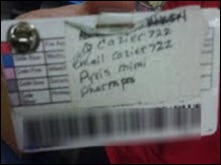
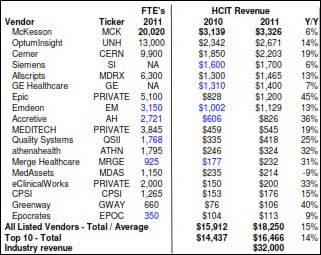



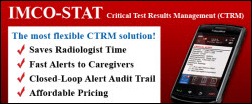







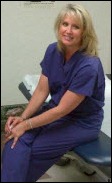
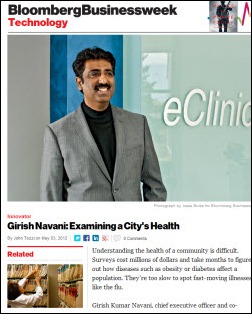








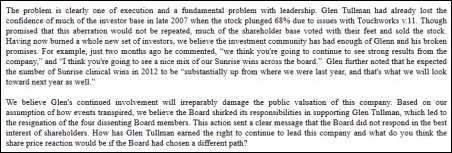

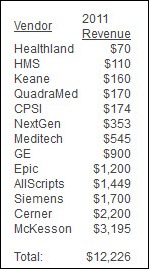
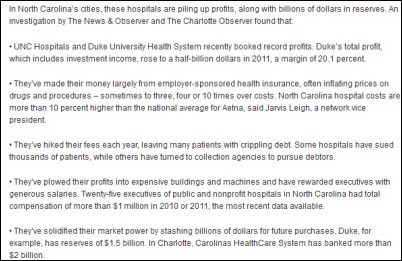

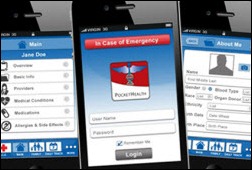










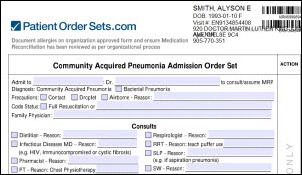
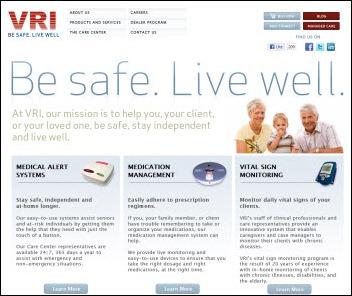

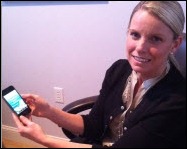




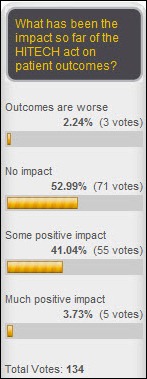


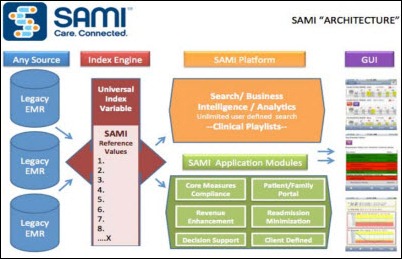

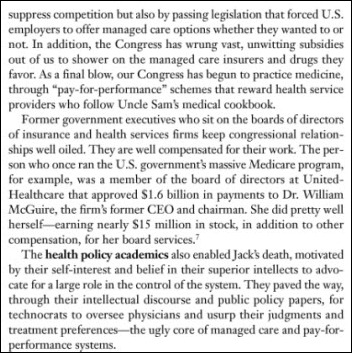
























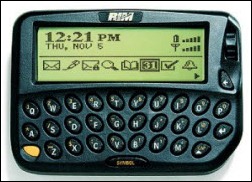

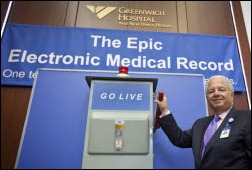











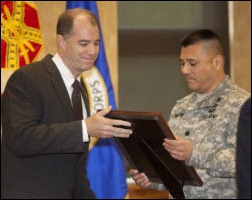


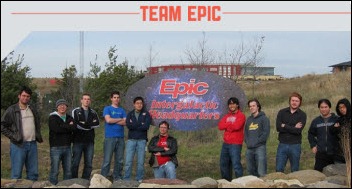


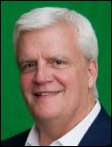





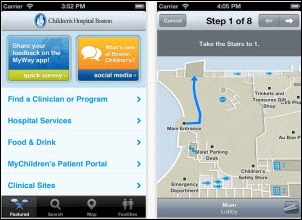







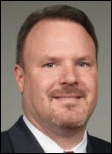

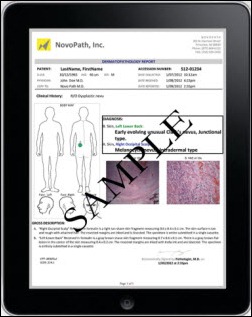
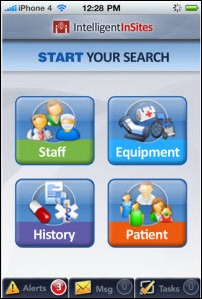












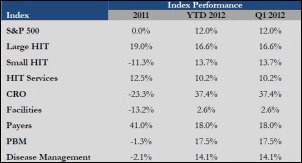






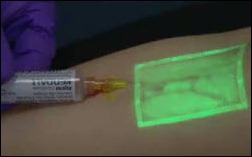


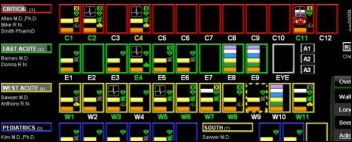


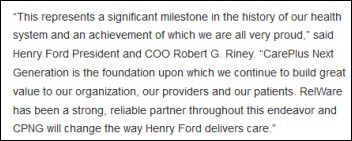












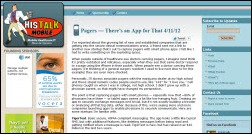
















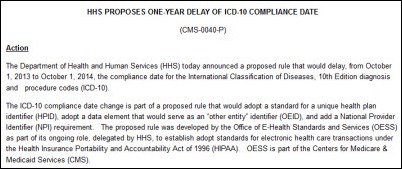

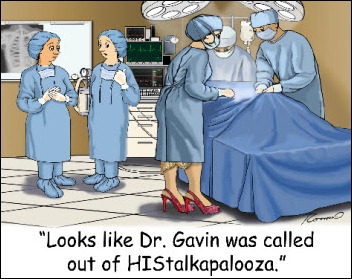






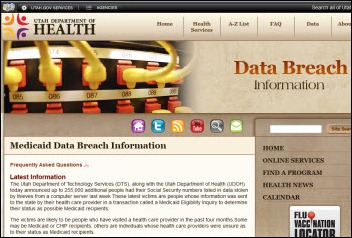

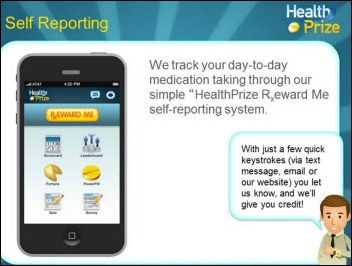




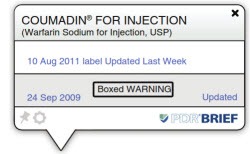




























"most people just go to Epic" that's a problem because then EPIC becomes a monopoly in healthcare, if it isn't…